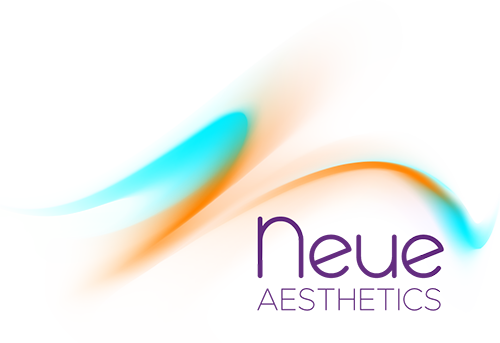What is pigmentation?
Freckles, age spots, sun spots, liver spots or plain old pigmentation: whatever you call it, irregular skin discolouration is a common and can be a distressing problem caused by factors such as sun damage, some inflammatory skin disorders and hormonal fluctuations.
In its various forms, pigmentation affects more than 80 percent of people in their lifetime.
Pigmentation simply means colouring. Skin pigmentation disorders affect skin colour. Normally, your skin gets its colour from a pigment called melanin. Special cells in the body called melanocytes create this pigment when these cells become stimulated or damaged with UV exposure. Essentially the melanocyte is creating a dark “hat” to protect the cell from this UV damage. Some pigmentation disorders can lead to skin patches only, while some can affect the entire body. If your body makes too much melanin, your skin can get darker. An abnormally high amount of melanin known as hyperpigmentation may affect body areas, predominantly the face, as this is exposed to sunlight daily. When exposed to sunlight, melanocytes produce a significant amount of melanin as a reaction to the UV rays.
Pigmentation refers to changes in the melanin (pigment) of your skin, but there are different types and they do not all respond to the same treatments. It goes without saying that correct diagnosis of the type of pigmentation you’re experiencing is essential if you’re to benefit from treatment and topical protocols.
Common types of pigmentation
- Freckles – Genetics
- Solar lentigines -Sun damage
- Melasma – Hormonal
- Post-inflammatory hyperpigmentation – Scarring
What causes pigmentation?
- Genetics
- Prolonged sun exposure
- Use of certain medications
- Underlying medical condition
- Hormonal fluctuations
- Burns
- Infections
- Birthmarks
How to treat
Pigmentation needs to be treated by a highly training technician. In the wrong hands and with the wrong treatment the pigmentation could get worse. Daily use of a mineral based sunblock is essential regardless of sun exposure.
Light-based therapies such as IPL and LED are highly effective on most superficial conditions such as, sunspots, broken capillaries, redness and uneven skin texture. It can also improve the overall tone and texture of the skin, as well as treating fine lines by creating a more plumped up appearance.
As with all specialised skin treatments, it is important to find a clinic with experienced practitioners who understand exactly which type of pigmentation you have in order to deliver the best results possible.
Topical applications containing retinoids and alpha hydroxy acids (AHAs) can help exfoliate and rejuvenate the skin. Also, hydroquinone, soy, niacinamide, vitamin C , liquorice, cucumber, arbutin, Kojic, azelaic acid and mandelic acid can help lighten skin pigmentation by slowing down melanin production and removing existing melanin.
Serums
Neue’s Pro CK serum contains 20% Vitamin C to switch off the enzyme that stimulates pigmentation. 1% Kojic acid ‘de-clusters’ melanocyte fibres which cause pigmentation. It works for both sun damage and melasma, however, it isn’t an instant fix by any means. Using high dose Vitamin C in the morning with a SPF has been proven to stop UVA damage in the skin.

